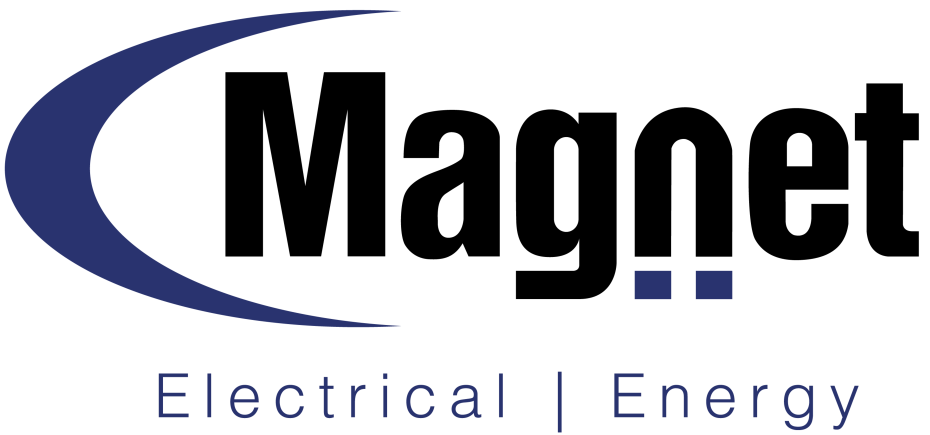
Emergency lighting and in particular, escape route lighting and markings are perhaps the most neglected aspect in adherence to regulatory requirements in buildings.
Research over the past two years on a national basis clearly illustrates the majority of installations falling short of complying to compulsory National Building Regulations. More worrying, is the lack or misunderstanding of the requirements of the Regulations. This being the case in both the private and public sectors.
Many building owners seem to be under the impression that they are compliant, which is mostly not the case. Nei...





